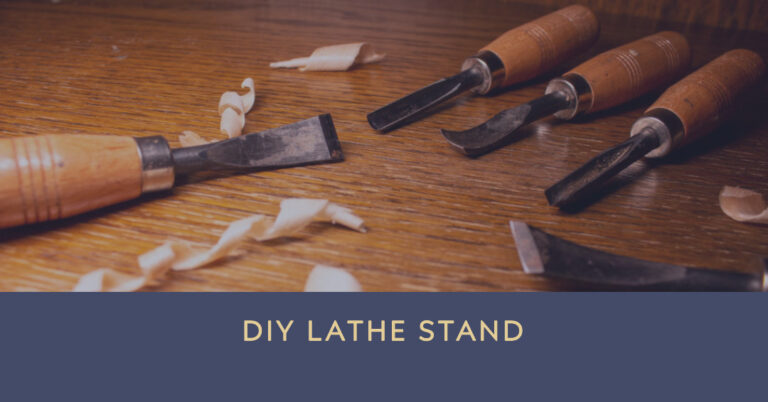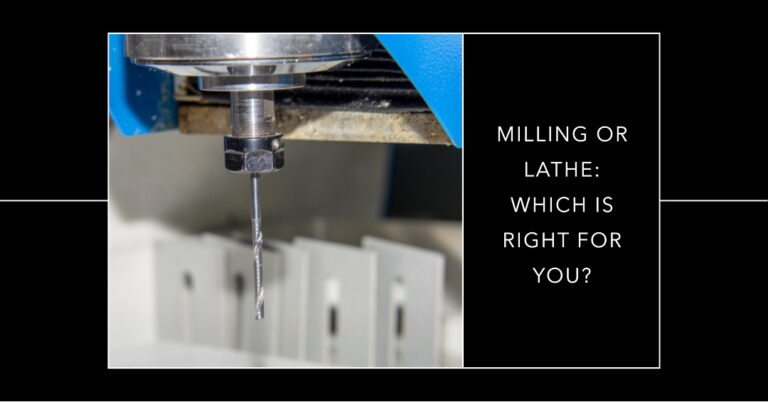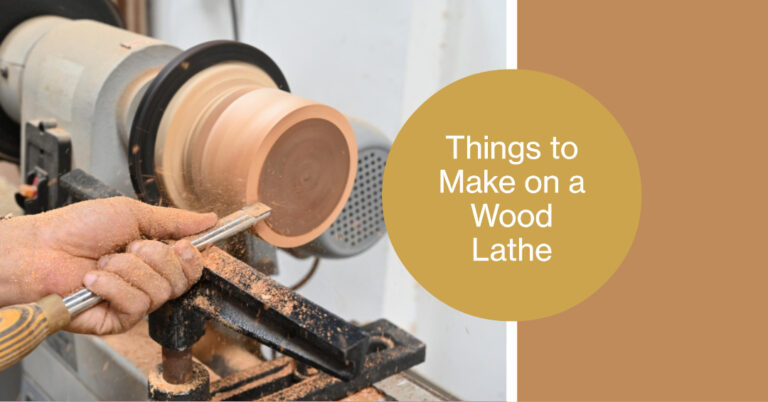What is a Lathe? How does it Work?

This post is your one-stop guide to understanding the magic behind this essential tool.
You don’t have to be an engineer or a DIY enthusiast to appreciate it. Whether you’re a pro or just curious, this post has something for you.
Lathe Machine Introduction
Imagine stepping into a workshop and seeing a machine that looks like a complex puzzle of mechanical parts wheels, handles, a long bed, and a spinning component.
You’re looking at a lathe, an essential machine in various industries like manufacturing, carpentry, and metalworking. While it might appear complex, the lathe has one primary purpose: shaping materials.
You might wonder why such a complicated machine is necessary. The lathe enables high precision and intricate detailing that you can’t achieve with a simple hand tool.
It’s not just about hacking away at a piece of wood or metal; it’s about creating pieces with finesse and accuracy, from table legs with delicate patterns to essential car parts.
Lathe Machine Definition
A lathe is a simple yet powerful tool. It spins a workpiece on a fixed axis, letting you cut, sand, or shape it. Picture it as a high-powered potter’s wheel, but not just for clay.
The machine spins the material fast while cutting tools shave off layers or make impressions, transforming a fabric block into a functional or decorative piece.
What Does It Process?
The machine spins your material fast. Cutting tools then shave or mold it, turning a simple block into something useful or beautiful.
1. Wood: The classic material, perfect for furniture, decorative items, and more.
2. Metals: Aluminum, steel, and brass are commonly shaped using metal lathes.
3. Plastic: Certain plastics can also be processed for manufacturing components or prototypes.
4. Glass: Special lathes are designed to work on glass, although this is less common.
5. Ceramic and Stone: Even these hard materials can be shaped with a heavy-duty lathe.
So, whether crafting a gorgeous wooden table leg or building robust metal gear for industrial machinery, a lathe has got you covered.
History of Lathe Machines
The history of the lathe takes us on a journey back in time, revealing how this extraordinary machine evolved. Believe it or not, the lathe concept dates back to ancient civilizations.
The Egyptians had a simple, two-person lathe where one person would turn the wood while another used a sharp tool to shape it. This outdated setup might seem far removed from today’s advanced lathes, but the fundamental principles have remained consistent.
As we moved into the industrial revolution, lathes evolved dramatically. Steam power, and later electric power, replaced human muscle.
The lathe went from being a humble artisan tool to a cornerstone of mass production. With technological advancements like computer numerical control (CNC), today’s lathes can produce complex parts with minimal human intervention.
What Kind of Processing Can Be Done?
So, you know what materials a lathe can handle, but what exactly can it do with them? The lathe is a versatile machine capable of a wide range of operations:
1. Turning: The most basic operation, it shapes the material by removing layers.
2. Facing: For creating a smooth surface perpendicular to the axis.
3. Drilling: Lathes can drill holes straight into the material.
4. Boring: Expanding an existing hole to make it broader or more profound.
5. Tapering: Crafting a conical shape like a chess piece or the tip of a baseball bat.
6. Knurling: Producing a rough surface texture, usually for grip.
7. Threading: Creating screw threads is essential in making bolts and similar objects.
8. Polishing: Smoothing the surface to a shiny finish.
From crafting intricate designs on furniture to constructing essential mechanical parts, lathes can handle various processes with utmost precision.
Machine Configuration
Now that you know what a lathe can do, let’s break down its components. Think of it as meeting a new friend; you get to know them better when you understand their different parts and how they function.
- Bed: The flat, horizontal structure that supports the whole machine.
- Headstock: This is where the primary motor lives. It powers the spinning action.
- Tailstock: Positioned opposite to the headstock, it supports your workpiece.
- Toolpost: The “hand” that holds the cutting tool in place during operation.
- Lead Screw: Helps move the toolpost along the axis of the bed.
- Spindle: The rotating shaft that holds the workpiece.
- Chuck: This clamps the workpiece securely onto the spindle.
- Handle Wheels: Controls for manual operation, used for adjusting the tool or workpiece position.
- Cutting Tool: The sharp component that shapes the material.
- Servo Motor for Automatic Feed: In advanced lathes, this provides automated control for complex tasks.
Knowing these parts makes it easier to understand how a lathe works and what makes it a handy machine.
Types of Lathes
Now that you know the lathe and its capabilities, let’s discuss the different types. Like cars or cameras, lathes come in various models tailored to specific needs and applications:
Center or Engine Lathe: The most common type, perfect for various essential to intermediate tasks.
Speed Lathe: As the name suggests, this one’s built for speed, ideal for tasks that require quick operations.
Capstan and Turret Lathe: These are for mass production and can hold multiple tools, making it easier to perform various tasks in one go.
Tool Room Lathe: Highly precise and versatile, this one’s the darling of tool and die makers.
Bench Lathe: Smaller in size and usually used for lighter tasks.
Automatic Lathe: This lathe can operate without constant human intervention for long production runs.
Special Purpose: Custom-designed lathes for unique applications, from glass working to metal spinning.
CNC Lathe Machine: The modern marvel controlled by a computer for highly complex and precise work.
Each lathe type has pros and cons, and the choice is what you aim to accomplish.
Operations Performed In A Lathe
You’ve learned about the general operations a lathe can perform, but let’s get into more specifics. Here’s a quick list of everyday tasks you might undertake:
Turning and Boring: Reducing the diameter of your workpiece.
Facing and Center Drilling: Creating a flat surface and drilling at the Center of the workpiece.
Parting: Cutting a piece off the workpiece.
Knurling: Adding texture to the surface.
Thread Cutting: Making internal or external threads.
Eccentric Turning: Rotating the workpiece off-center for specialized shapes.
Spherical Generation: Creating ball-shaped objects.
Specification Of A Lathe
When you’re looking to get your hands on a lathe, it’s more complex than picking the first one you see. Like choosing a new smartphone or a car, lathes have various specifications you’ll need to consider:
Swing Over Bed: This is the largest diameter of material that can be rotated on the lathe. Think of it as the “workspace” the lathe provides.
Distance Between Centers: This measures how long the material can be. Need to work on a long table leg? You’ll want this distance to be sufficiently large.
Spindle Speed: The rotation speed of the workpiece, usually measured in RPM (revolutions per minute).
Horsepower: The motor’s power dictates how tough a material you can work with.
Tool Capacity: How many tools can the lathe hold at once? Some advanced lathes allow multiple tools for complex jobs.
Type of Feed: Manual or automatic? Depending on your needs, the type of feed can be a crucial factor.
Application Of Lathe Machine
You’d be amazed. From manufacturing to art, these machines are everywhere.
In Manufacturing: They’re key in making parts, prototypes, and even mass-produced items.
In Cars: Think gears and shafts. Lathes help make cars run smoothly.
In Carpentry: Furniture, intricate designs you name it, a lathe can shape it.
In Metalworking: Crafting brass instruments or machinery? A lathe is your go-to tool.
In Schools: Technical and engineering programs often use lathes for hands-on learning.
In Art: Yes, some artists even use lathes to make their visions a reality.
Whether it’s aerospace precision or custom furniture, lathes have endless applications.
Advantages Of Lathe Machine
You might already be impressed by what a lathe can do at this point, but let’s not stop there. Let’s talk about why you’d even want to use a lathe in the first place:
1. Precision: Lathes allow for exact work. We’re talking about measurements that are accurate to fractions of a millimetre.
2. Versatility: As we’ve seen, a lathe can perform various operations, from turning and threading to drilling and polishing.
3. Efficiency: You can produce large quantities quickly, especially with automatic and CNC lathes.
4. Cost-Effective: Lathes can be cost-effective in mass production scenarios once set up.
5. Customization: Need a one-of-a-kind item? A lathe can help you produce custom pieces with ease.
Disadvantages Of Lathe Machine
Okay, it’s time for a reality check. Lathes are fabulous, but they could be better. Let’s cover some drawbacks:
1. Initial Cost: High-quality lathes can be expensive to purchase and install.
2. Skill Required: It takes time and training to master a lathe. You must do more than walk up to one and start producing masterpieces.
3. Maintenance: Lathes have many moving parts that require regular upkeep.
4. Space: These are not small machines. You’ll need adequate space to house one.
5. Safety Risks: Lathes can be safe with proper training and precautions.
As with anything, it’s all about weighing the pros and cons to decide if a lathe suits your needs.
Who Should Use a Lathe?
The lathe is a versatile machine that serves a wide range of people:
Craftsmen and Artisans: A lathe can help you create intricate designs with exceptional precision if you’re into woodworking or metal art.
Manufacturers: From small-scale workshops to large factories, lathes are crucial in producing many items.
Students: Technical schools often include lathe training as part of their curriculum, offering valuable hands-on experience.
Hobbyists: If you like tinkering around in your garage, a smaller, less expensive lathe might be a great addition to your toolkit.
Safety Measures
Safety can’t be an afterthought if you’re stepping into the world of lathes. Here are some quick tips:
Wear the Right Gear: Always wear safety glasses and avoid loose clothing.
Check the Shields and Guards: Ensure all safety mechanisms are in place before starting.
Keep Your Tools Sharp: Dull tools are not only inefficient but can be dangerous.
Power Off Before Making Adjustments: Never adjust the machine while running.
Conclusion
So there we have it: a complete guide on a lathe and its myriad applications, types, and features. From its rich history to the intricate operations it can perform, lathes indeed are incredible machines that cater to a range of needs.
Whether you’re a seasoned craftsman, an aspiring artist, or someone intrigued by the mechanics of how things are made, the lathe offers a world of possibilities. But remember, as with any powerful tool, always prioritize safety.
Frequently Asked Questions
What are the different types of lathe operations?
Turning, boring, facing, drilling, parting, and more.
Who invented the lathe machine?
The lathe has ancient origins, but its modern form was shaped during the Industrial Revolution.
What are the different types of taper-turning methods in Lathe Machines?
Compound rest, offset tailstock, taper attachment, and form tool methods are commonly used.
Can I perform drilling operations in a lathe machine?
Yes, drilling is one of a lathe’s many operations.






